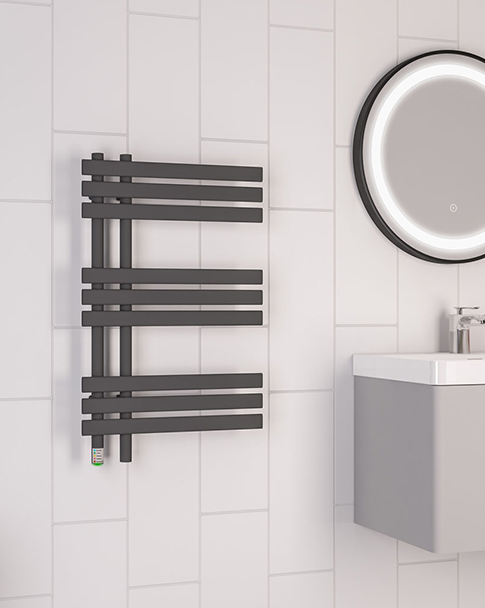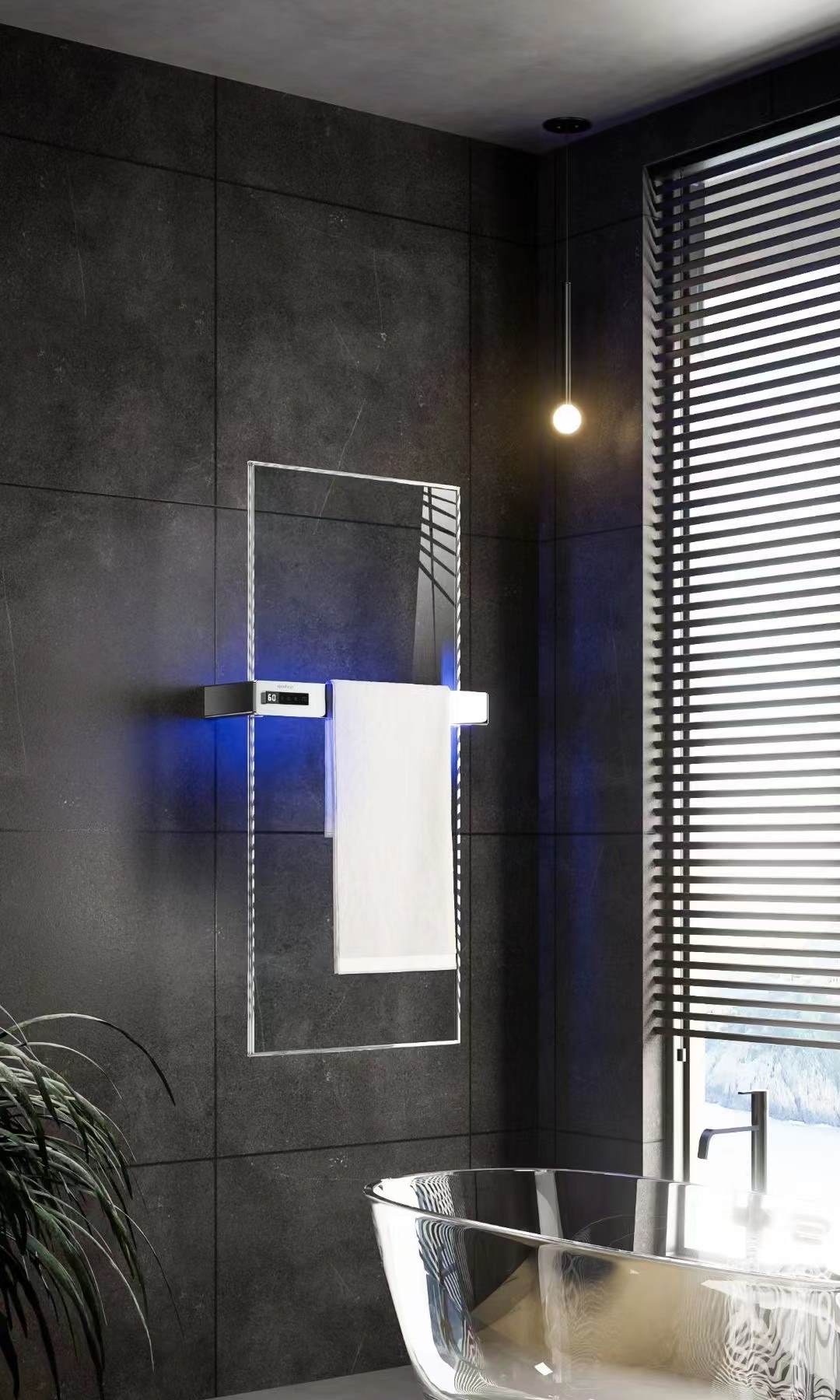
Stainless vs. Carbon Steel: The Ultimate Manufacturing Showdown for Heated Towel Rails
Introduction:
For distributors and OEMs, the choice of material is the most critical decision in sourcing electric heated towel rails. It dictates cost, quality, durability, and market positioning. The debate often boils down to two champions: Stainless Steel and Carbon Steel. Let's break down this engineering choice to help you specify the right product for your market.
A Head-to-Head Comparison:
| Feature | Stainless Steel (Typically 304/316) | Carbon Steel (With Chrome Plating) |
|---|---|---|
| Corrosion Resistance | Excellent. Inherently rust-resistant, especially 316 (Marine Grade). Ideal for humid environments. | Good, but dependent on plating. The chrome plating is the barrier. If scratched or damaged, the underlying steel can rust. |
| Durability & Longevity | Superior. The material itself is the finish. It will not flake, peel, or degrade over time. | Conditional. Longevity depends entirely on the quality and thickness of the chrome plating. |
| Cost | Higher. More expensive raw material and more difficult to weld and manufacture. | Lower. A more cost-effective solution, offering a similar aesthetic for a lower price point. |
| Aesthetic & Feel | Modern, matte/lustrous finish. Often feels "solid" and high-end. Consistent color and finish. | Classic, high-shine mirror finish. The classic "chrome" look many consumers associate with quality. |
| Weight | Lighter | Heavier |
| Thermal Conductivity | Slightly slower heat-up time, very consistent heat distribution. | Faster heat-up time, excellent heat distribution. |
| Ideal For | Premium markets, coastal areas, luxury hotels, healthcare. Where longevity and corrosion resistance are non-negotiable. | Price-sensitive markets, interior bathrooms, residential projects. Where initial cost is a primary driver. |
The Manufacturing Deep Dive: Why Quality Matters Most
The raw material is only half the story. Manufacturing quality dictates performance:
The Welding Test: On both types, look for seamless laser welding. Inexpensive models often have obvious, rough spot welds that are potential weak points and look unsightly. High-end manufacturing ensures clean, nearly invisible welds.
The Plating Process (for Carbon Steel): Don't just ask for "chrome plating." Ask about the process.
Low Quality: Thin copper-nickel-chrome plating that will yellow or peel.
High Quality (PVD Plating): Physical Vapor Deposition creates an ultra-hard, ultra-durable coating that is highly resistant to scratching, tarnishing, and corrosion. This can make a carbon steel rail rival stainless in durability.
Making the Right Choice:
Ask Your Supplier: "What grade of stainless steel is this?" / "What is the process and thickness of the chrome plating?"
Know Your Market: Are your customers looking for a 20-year guarantee (stainless) or a beautiful, budget-friendly option (high-quality carbon steel)?
Conclusion:
There is no single "best" material—only the best material for your specific customer and price point. Armed with this knowledge, you can make informed sourcing decisions and confidently explain the benefits of your product range to your clients.
